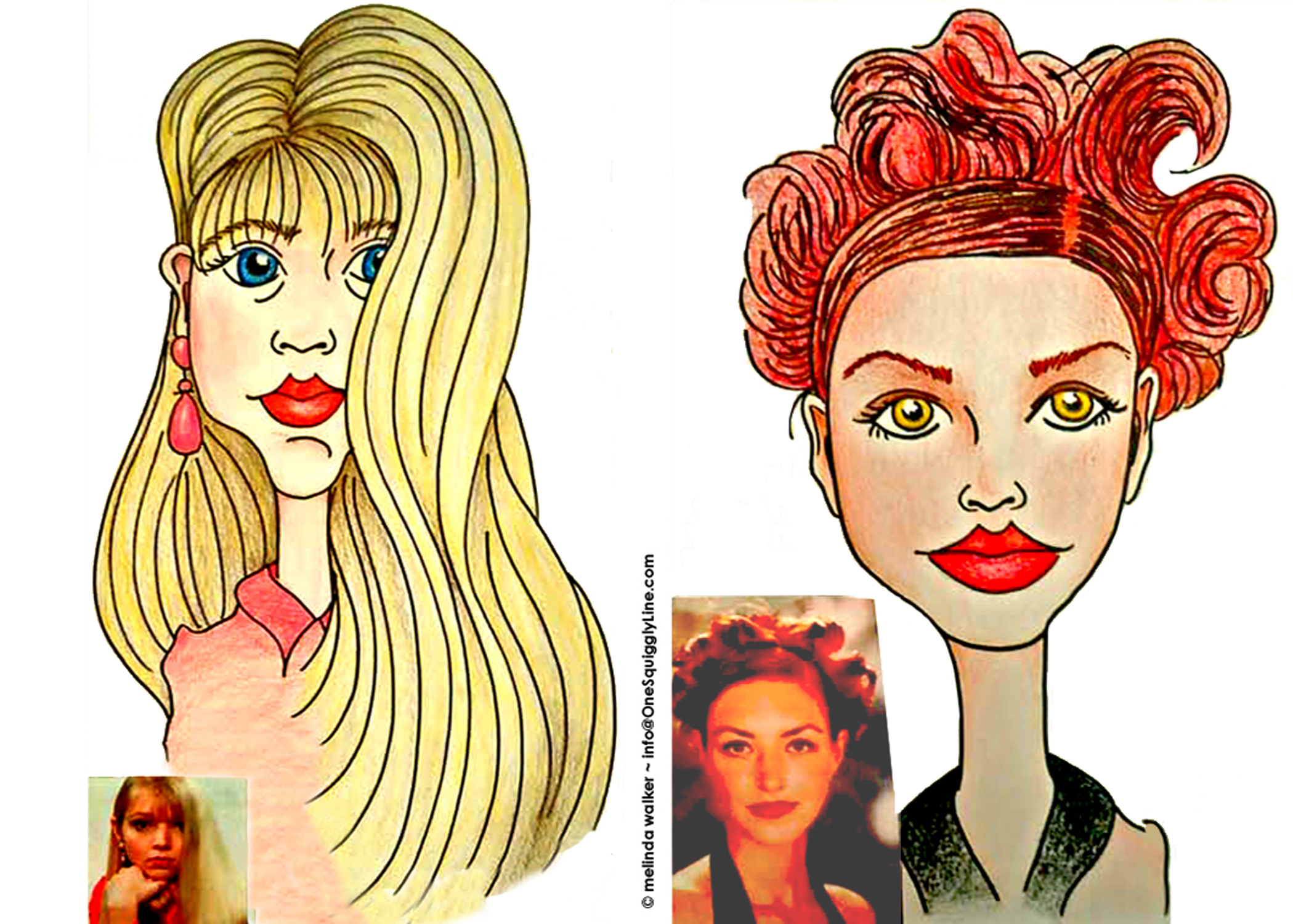Visual thinking leads to doing
Visual thinking makes thoughts visible to you and others. Pictures are first seen with the mind's eye, the imagination. When it comes time to share those thoughts, external visuals (sketches, drawings, diagrams, etc.) allow others to more accurately see what you're thinking.
Download this 2 page PDF for a quick summary. (Coming soon!)
Visual Learning
Quickly turns information into knowledge that can lead to wisdom and informed action.
Pictures make abstract concepts and information concrete. When things are concrete, the brain readily absorbs them and deeper learning takes place. Deeper learning leads to deeper knowledge, deeper thoughts, and deeper insights.
Visual Leading
Visioning, strategy, and communication are essential skills for all leaders. Pictures can simplify and bring clarity to each of these areas.
Visual thinking can help everyone see the big picture and their role in it. It also makes it easier to evaluate where you are in relation to where you want to be.
Information into knowledge
The image above and the paragraph below contain the same information:
Visual thinking makes complex information simple, brings clarity to confusing communication, makes the common unique, turns the passive into the active and apathy into interest With visual thinking, the clumsy becomes elegant, the impersonal becomes personal, the dry becomes juicy, "Yes, but..." is replaces with "Yes, and...", trial and error turns to trial and learn, the cold becomes warm, and the separate become unified.
That's the power of pictures!
So it’s like graphic design?
Kinda sorta...both use letters and words to convey a message with impact. But my focus weighs more on content and communication than artistic or commercial merit.
The bulk of my work involves drawing words and pictures by hand to synthesize and summarize information. Those are completely different skill sets than graphic design!
The image above is an example of graphic design.
Like Illustration?
Kinda sorta...both use hand-drawn pictures to represent things. But my focus weighs more on content and communication than artistic or commercial merit.
Here's an illustration I drew awhile ago. While it clearly illustrates a girl and her passion for drawing, it does not leave the viewer with much other knowledge about the girl or the situation.
Like Cartooning?
Kinda sorta...both use words and simple hand-drawn pictures to get a message across. Cartooning is often about sharing opinions.
My goal is to turn information into knowledge, not to share my personal viewpoints or opinions on things. You provide the content, so all opinions are yours. (I generally don't include caricatures in my visual thinking work.)
Engage the whole brain
Words vs Images
In the words of Aristotle, "There can be no words without images." It's not a matter of which one is better, rather the benefits of both. When words and pictures are used together the result is far more powerful than either one used alone. Visual thinking blends both words and pictures to engage the whole brain and turn information into knowledge.
Our Brains Prefer Images
One commonly quoted statistic says that 90% of information enters our brain visually. The source of that statistic is rather mysterious, so I do not take that quote to be fact.
We do know that visuals are the native language of our brains. The visual part of our brain develops much earlier than the part that processes language. And a large part of language is learned visually, as in pointing to an object and saying the matching word.
Visuals Save Time
Our brains must sort and organize incoming information before the information can be used. Well designed visuals allow the brain to receive information already sorted and organized in a way that is immediately usable. This frees up more of your brain to take in more information in the same time frame.
Visuals Boost Memory…
Three days later, people remember 10% of information that is heard and 65% that is visual.
When shown hundreds of photos in a memory test, people remembered 63% of them a year later.
Statistics from Brain Rules by John Medina.
Increase Creativity…
"Rich, colorful, and exciting imagery has long been regarded by many scholars as the foundation or mainspring of all creativity." (Torrance, p.165)
E. Paul Torrance is often referred to as the "Father of Creativity" because he so extensively studied, researched, and documented a vast body of work about creativity and education. This image highlights traits common to both creativity and visual thinking.
Torrance, E.P. (1999). Making the creative leap beyond. Buffalo, NY: Creative Education Foundation.
…and Enhance Emotional Intelligence
Many are surprised to find a link between visual thinking and emotional intelligence. When examined further, the connection becomes clear.
For example, visual thinking allows you to see things from another's perspective. Another word for that is empathy, which is a key part of emotional intelligence.
This image highlights the visual thinking/creativity traits and the accompanying emotional intelligence traits they can lead to or strengthen.














